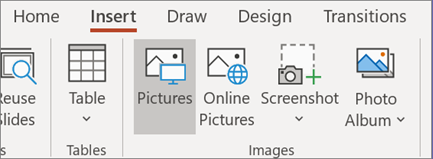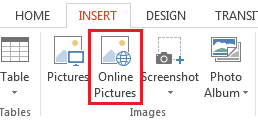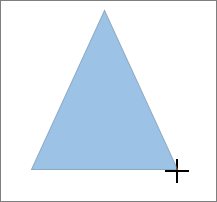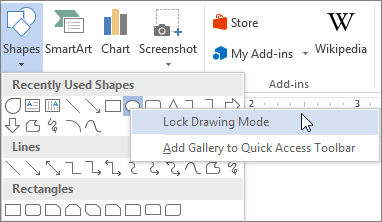Add, change, or remove transitions between slides
Slide transitions are the animation-like effects that occur when you move from one slide to the next during a presentation. You can control the speed, add sound, and customize the properties of transition effects.
Add or change a slide transition
- In the Thumbnail Pane, click the slide where you want to apply or change a transition. The transition setting dictates how that slide enters and the preceding slide exits – in our example below, if you add a transition to slide 3, it dictates how slide 2 leaves and slide 3 enters
- On the Transitions tab, find the effect that you want in the Transition gallery. Click the More button
 to see the entire gallery. Click the effect that you want for that slide to select it or to see a preview.
to see the entire gallery. Click the effect that you want for that slide to select it or to see a preview. - Click Effect Options to change how the transition occurs – for example, what direction the slide enters from.
- Optional:
- To set how fast the transition goes, enter a time in the Duration box. Set the number higher to make the transition go slower.
- To add sound to your transition, select a sound in the Sound box, or select Other Sound to choose a sound from your computer.
- If you want all slides in the presentation to transition the same way, click Apply To All.
- Click Preview to see what the transition looks like with all the settings.
Remove a transition
Remember that a transition applies to a slide’s entrance, not how it exits. So if you want to remove the exit effects for slide 2, remove the transition from slide 3.
- Click the slide that you want to have no transition. Then on the Transitions tab, in the Transitions gallery, click None.
- To remove transitions from all slides, select all the slides in your presentation (Ctrl+A) in the Thumbnail pane, and then on the Transitions tab, in the Transitions gallery, click None.






 , point to
, point to 
